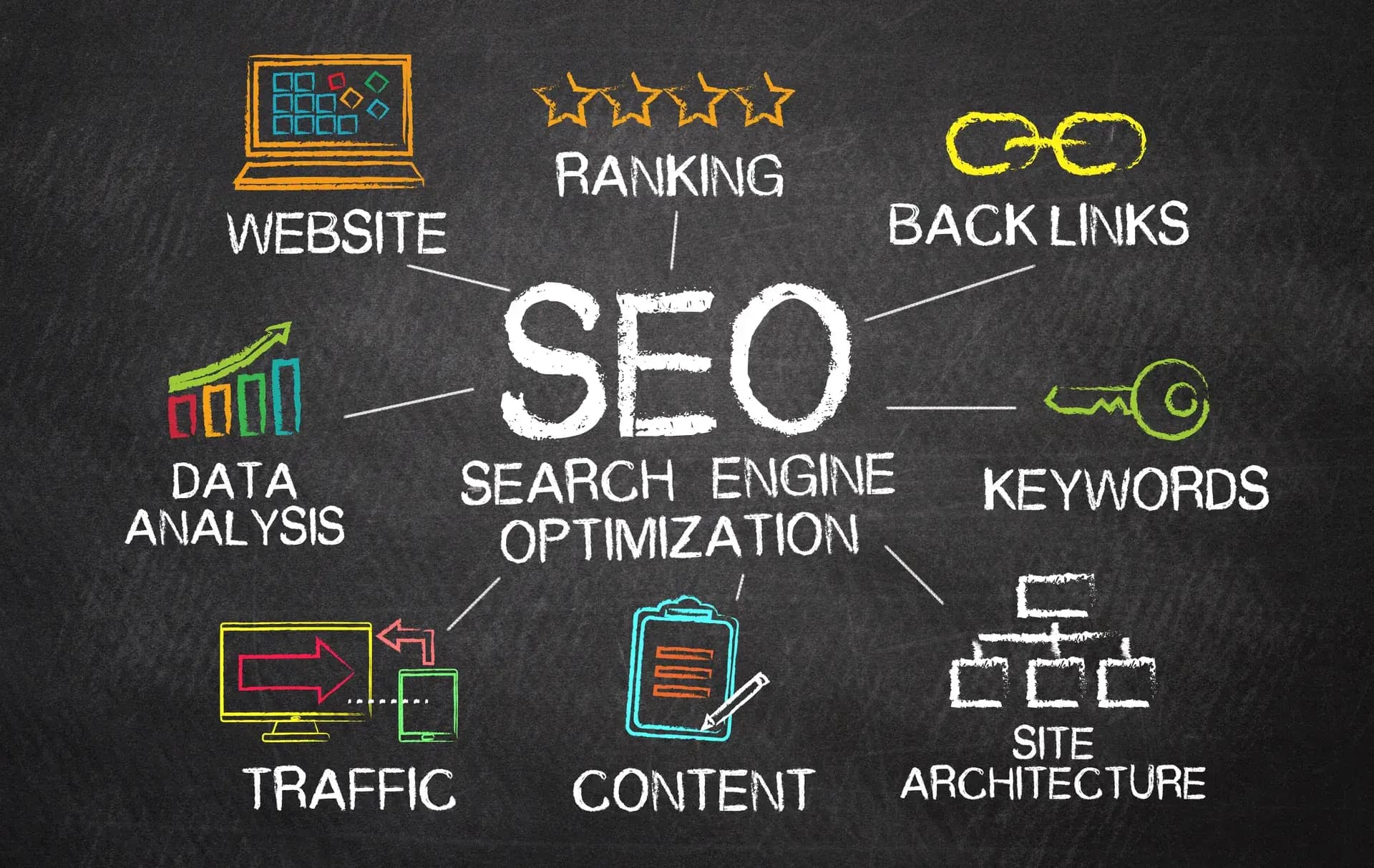Understanding your target audience is essential for any successful marketing strategy. A well-defined target audience allows businesses to tailor their marketing messages effectively, resulting in improved engagement, higher conversion rates, and better customer loyalty. In this guide, we will explore how to develop a comprehensive target audience marketing strategy that meets the specific needs of your business and connects with your ideal customers.
Why is Identifying Your Target Audience Important?
Identifying your target audience is the cornerstone of an effective marketing strategy. It provides you with insights into:
- Customer Needs: Understanding what your audience wants helps you tailor your products and services accordingly.
- Content Creation: Knowing your audience allows you to create content that resonates with them, increasing engagement.
- Improved ROI: Targeting the right audience ensures that your marketing efforts yield a higher return on investment by reducing wasted resources.
Steps to Develop a Target Audience Marketing Strategy
1. Research Your Market
Start by conducting thorough market research to gather data on your potential customers. Use methods such as surveys, interviews, and online analytics to understand:
- Demographics (age, gender, location)
- Psychographics (interests, values, lifestyle)
- Buying behavior (purchase frequency, brand loyalty)
2. Create Buyer Personas
Based on your research, create detailed buyer personas — fictional representations of your ideal customers. Each persona should include:
- Name and background information
- Goals and challenges
- Preferred communication channels
3. Analyze Competitors
Examine your competitors to see who they are targeting and how. Look at their marketing strategies, messaging, and engagement tactics to identify opportunities to differentiate your brand.
4. Segment Your Audience
Divide your audience into segments based on shared characteristics or behaviors. This segmentation allows for more personalized marketing efforts. Common segments include:
- By demographics (age, gender, income)
- By purchasing behavior (new customers, repeat buyers)
- By interests (hobbies, lifestyle choices)
5. Tailor Your Messaging
With a clear understanding of your target audience, craft your marketing messages to speak directly to their needs and desires. Ensure that your messaging aligns with their values and resonates emotionally.
6. Choose the Right Channels
Identify which communication channels are most effective for reaching your audience. Consider:
- Social media platforms (Facebook, Instagram, LinkedIn)
- Email marketing
- SEO and content marketing
Conclusion
Developing a target audience marketing strategy is a crucial step towards effective marketing and business growth. By understanding your audience, creating tailored buyer personas, and utilizing appropriate channels, you can significantly enhance your marketing effectiveness. At Prebo Digital, we specialize in helping businesses refine their target audience strategies to achieve remarkable results. Ready to connect with your ideal customers? Contact us today!







